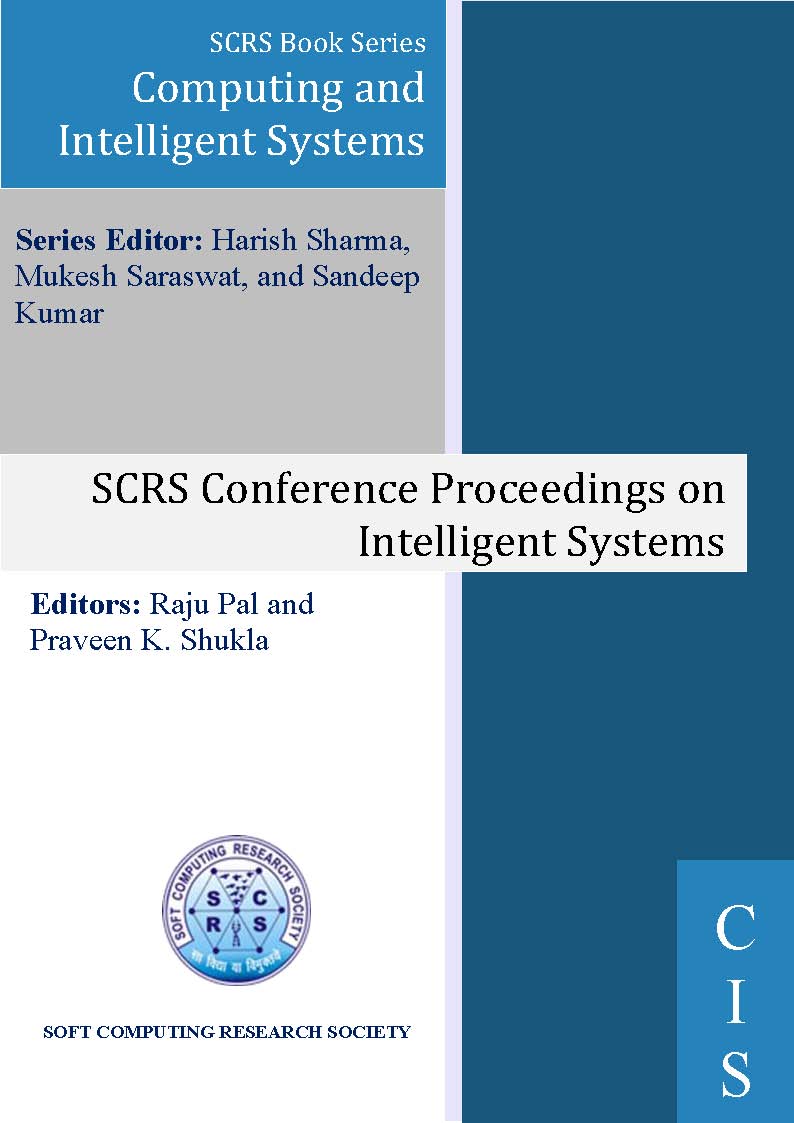
A VGG-16 Framework for An Efficient Indoor-Outdoor Scene Classification
Authors: Monika Dandotiya and Madhukar Dubey
Publishing Date: 25-04-2022
ISBN: 978-93-91842-08-6
Abstract
Computer vision had reached a new level that allows robots from the limits of laboratories to explore the outside world. Even with progress in this area, robots are struggling to understand their location. The classification of the scene is an important step in understanding the scene. In many applications, a scene classification can be used such as a surveillance camera, self-driving, a household robot, and a database imaging system. Monitoring cameras are now everywhere installed. The accuracy of scene classification of indoor-outdoor techniques is weak. Using the Convolution Neural Net-work Model in VGG-16, this study attempts to improve accuracy. This research presents a new method for classifying images into classes using VGG-16. The algorithm's outputs are validated using the SUN397 indoor-outdoor dataset, and outcomesdemonstrates that the suggested methodology outperforms existing technologies for indoor-outdoor scene classification. In this paper, Very Deep Convolutional Networks for Large-Scale Image Recognition” is what we implement. In ImageNet, a dataset of over 14 million images belonging to 1000 classes, the model achieves 92.7 percent top-5 test accuracy. It outperforms Alex Net by sequentially replacing large kernel-sized filters (11 and 5 in the first and second convolutional layers, respectively) with multiple 33 kernel-sized filters. We attain Training loss is 10percent and Training Accuracy is 96 percent in our projected work.
Keywords
Outdoor-Indoor Classification, VGG-16, Classification, Deep Learning.
Cite as
Monika Dandotiya and Madhukar Dubey, "A VGG-16 Framework for An Efficient Indoor-Outdoor Scene Classification", In: Raju Pal and Praveen Kumar Shukla (eds), SCRS Conference Proceedings on Intelligent Systems, SCRS, India, 2022, pp. 321-330. https://doi.org/10.52458/978-93-91842-08-6-32